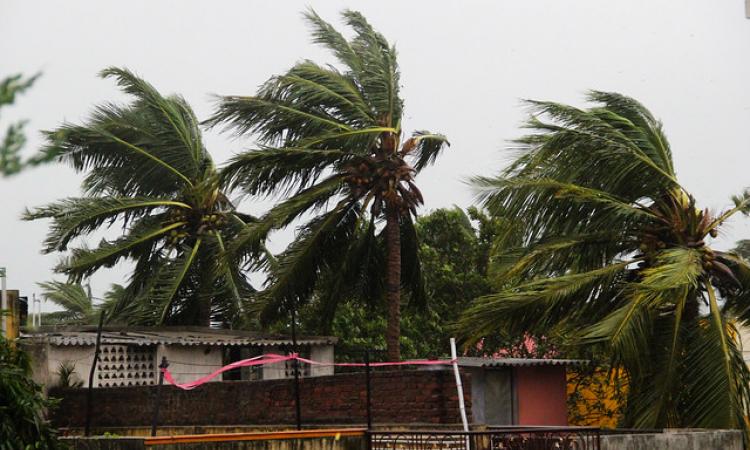
Cyclone Fani, strongest to hit India in 20 years, causes widespread destruction in Odisha
Cyclone Fani, that made its landfall in Odisha on May 4, has caused widespread destruction in the coastal parts of the state, with Puri being the worst hit. The death toll has risen to 35 in the state and severe damage has been caused to the power infrastructure. An aerial survey of the Puri district and adjoining areas has been conducted by Prime Minister Narendra Modi who has announced Rs 1,000 crore financial assistance for immediate relief and restoration works. Although the cyclone was the strongest to hit India in 20 years, due to the state government's well-targeted evacuation plan, loss of life has been minimised. Even the UN agency has lauded the state for disaster reduction and the Indian Meteorological Department for its early warnings.
Thanks to humans, earth's biodiversity declines at an alarming rate
According to the first-ever Global Assessment Report on Biodiversity and Ecosystem Services by Intergovernmental Science-Policy Platform on Biodiversity and Ecosystem Services (IPBES), one million animal and plant species are under extinction. Moreover, thousands of these would get extinct within decades. The assessment has blamed human activity for the loss and added that extinction is a threat to human well-being as well in all regions of the world. The report is the first-ever comprehensive assessment prepared by a group of 145 expert authors from 50 countries based on more than 15,000 scientific and government documents. It took three years to complete.
Researchers find a way to predict reservoir levels three months in advance
Researchers at the Indian Institute of Technology, Gandhinagar, have developed a statistical model to provide reservoir storage anomaly forecast one to three months in advance for the dry season. Based on the analysis of the observed precipitation, air temperature and data from catchment areas of 91 major reservoirs in the country, researchers have developed a regression-based statistical model to predict reservoir storage anomalies three months in advance. For the model, the India Meteorological Department's (IMD) daily precipitation and maximum and minimum temperature data has been used while India-WRIS database was used for getting weekly reservoir storage data for all 91 reservoirs.
Acute water crisis may turn Bengaluru uninhabitable in the next few years, experts ring alarm
As per the revised master plan for the city published by the Bengaluru Development Authority (BDA), Bengaluru's population will increase by approximately eight million and reach 20.3 million between 2019 and 2031. The population growth at this alarming rate will put a strain on the city's natural resources and will lead to the depletion of lakes and wells, warns a study conducted by the Indian Institute of Science (IISc). Moreover, the Cauvery river water supply to the city is not sufficient, forcing dependence on tankers and borewells. The study has forecasted that groundwater in the city will come down to 3,670 litres by 2025.
City-wide network to come up for the clean-up of Mumbai's rivers, mangroves and beaches
To address the issue of domestic waste choking water bodies, a first-of-its-kind city-wide network of citizen volunteers, environment groups, corporates, Brihanmumbai Municipal Corporation (BMC) officials, the National Environmental Engineering Research Institute (NEERI), state mangrove cell, college and school students, will all come together in operation Jallosh-Clean Coasts. As part of the initiative, partnered by the Hindustan Times, a three-day clean-up drive around World Environment Day (June 1, 2 and 5) combined with awareness programmes will be held across beach fronts, rivers and mangrove forests. The efforts under the initiative will be collated in the form of a report and submitted to various state agencies for follow-up action.
This is a roundup of important news published between May 1 - 6, 2019. Also read policy matters this week.